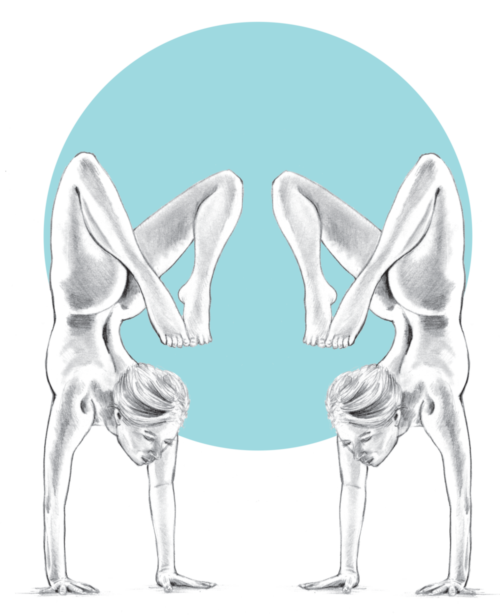
All movement leads to adaptation creating compensation.
The law of adaptation: The organism adapts to its environment regardless of outcome. The nervous system does not differentiate whether an adaptation is beneficial or not.
I have seen several clients over the years, seasoned yoga practitioners, that had a similar root problem with different outcomes. The problem was a recruitment pattern with the toes. The instruction to “floint” the foot is to flex the toes while pointing the forefoot. This is also known as “Barbie Feet.”
Compensation in the toes creates global compensation patterns. These patterns occur along front and back kinetic chains. Kinetic chains can be understood as muscles that link together to create integration. When one muscle becomes inhibited, the chain is broken. This results in some muscles that are overworked, and others that are underworked. When the toe flexors become dominate, two different patterns can emerge.
Patterns of inhibition along the same kinetic chain as the toe flexors, along the front of the body are known as synergists. One client had pain just below her hip joint in the front of her thigh. The hip flexors were inhibited by her toe flexors. Every step she took exasperated the problem. Another client had pain in the back of her thigh. She had patterns of inhibition along the back of the body. This pattern is the functional opposite to the toe flexors.
There are other groups of people that have kinetic chain imbalances due to toe flexor dominance. People that wear high heels and/or flip flops are also high risk.
Whatever activity we regularly do, will unknowingly create undesirable movement patterns. Fortunately, undesirable patterns are learned behavior. Thus, they can be unlearned and replaced by a more desirable pattern.